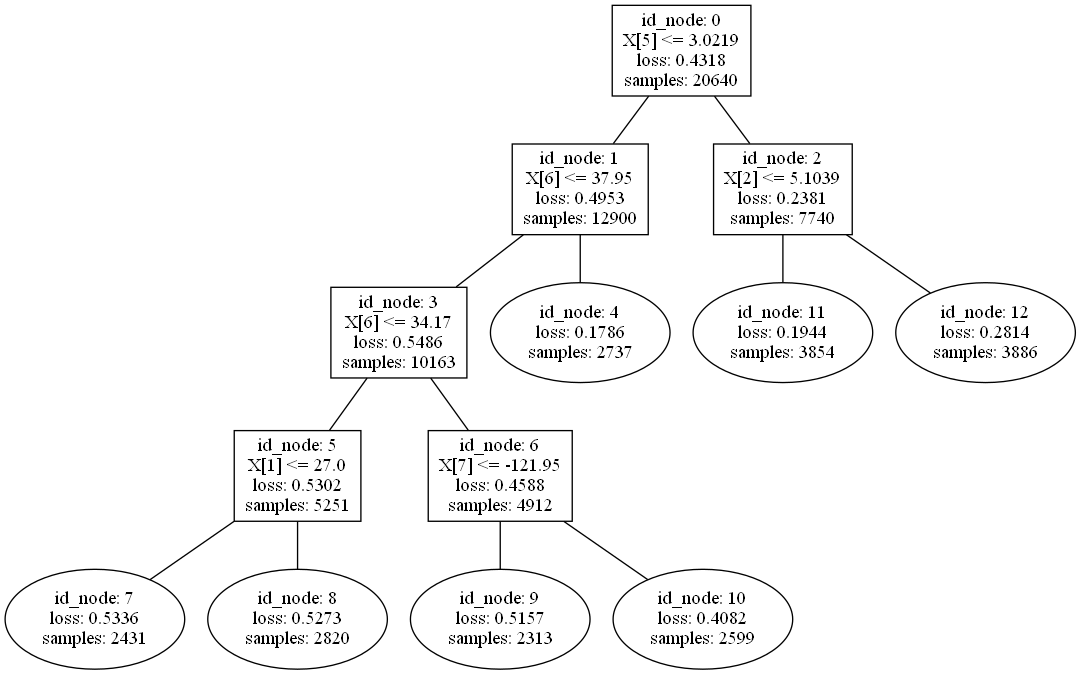GraphLily: A Graph Linear Algebra Overlay on HBM-Equipped FPGAs
GraphLily is the first FPGA overlay for graph processing. GraphLily supports a rich set of graph algorithms by adopting the GraphBLAS programming interface, which formulates graph algorithms as sparse linear algebra kernels. GraphLily effectively utilizes the high bandwidth of HBM to accelerate SpMV and SpMSpV, the two widely-used kernels in GraphBLAS, by co-designing the data layout and the accelerator architecture. GraphLily further builds a middleware to provide runtime support, enabling users to easily port existing GraphBLAS programs from CPUs/GPUs to FPGAs.
For more information, refer to our ICCAD'21 paper.
@article{hu2021graphlily,
title={GraphLily: Accelerating Graph Linear Algebra on HBM-Equipped FPGAs},
author={Hu, Yuwei and Du, Yixiao and Ustun, Ecenur and Zhang, Zhiru},
journal={International Conference On Computer Aided Design},
year={2021}
}
Prerequisites
- Platform: Xilinx Alveo U280
- Tool: Xilinx Vitis 2019.2
Run Benchmarking
Clone the repo
git clone [email protected]:cornell-zhang/GraphLily.git
export GRAPHLILY_ROOT_PATH=/path/to/GraphLily
Get the bitstream
- A pre-compiled bitstream (166 MHz) is provided here.
- To generate a new bitstream:
cd GraphLily/generate_bitstream
make synthesize
Prepare datasets
The input is an adjacency matrix in csr format stored as a scipy npz file. Please install cnpy, which is required for data loading.
Our ICCAD'21 paper evaluated the following six graph datasets:
Run
Go to the GraphLily/benchmark folder, modify the cnpy path in Makefile, modify the bitstream path and the datasets path in run_bfs.sh, then:
bash run_bfs.sh







